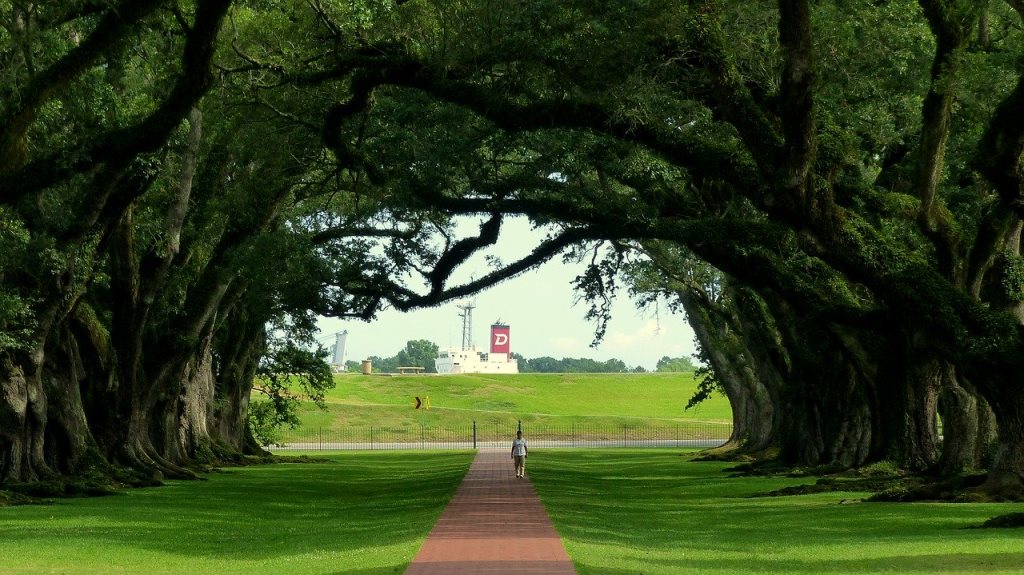As readers of RECONOMICS: The Path To Resilient Prosperity (published January 2020) know, adaptive management is one of the world’s most positive trends. Adaptive management allows projects and programs to move forward effectively in situations where teams are learning as they go along.
This is especially important (but unfortunately still very rare) in urban planning: most cities are still afflicted with old-fashioned, simplistic, long-term “comprehensive” plans that acknowledge neither cities’ complexity, nor their constant evolution. (The good news is that very few urban plans are ever implemented, so the damage is minimal.)
Now applied in business, government and the military, adaptive management got its start in the science and practice of ecological restoration, where what we don’t know about nature far outweighs what we do know. So, it’s appropriate that the organization that runs the largest ecological restoration projects in the United States has just won major funding to expand their adaptive management program.
On September 18, 2020, the Louisiana Coastal Protection and Restoration Authority (CPRA) was awarded $15 million for research, data collection, and implementation of its Adaptive Management program to increase effectiveness and flexibility when implementing coastal projects under the Resources and Ecosystems Sustainability, Tourist Opportunities, and Revived Economies of the Gulf Coast States Act of 2012 (RESTORE Act).
The grant from the Gulf Coast Ecosystem Restoration Council (RESTORE Council) adds to the $19.5 million the Council previously awarded to CPRA under the Spill Impact Component for these purposes and extends the timeline for activities by three years.
“This couldn’t be a more-timely announcement, as these funds are going toward our System Wide Assessment and Monitoring Program (SWAMP) to extend it to our southwest coastal parishes,” said CPRA Board Chairman Chip Kline.
“We’re working to increase the monitoring equipment and data westward from Bayou Lafourche to the Louisiana-Texas border, adding to our existing Coastwide Reference Monitoring System (CRMS) and Barrier Island Comprehensive Monitoring (BICM) programs. This is the kind of data we need to put more coastal restoration and protection projects on the ground in the most efficient and effective manner,” he added.
CPRA has developed SWAMP as a long-term monitoring program to ensure a comprehensive network of coastal data collection activities are in place to support the development, implementation, and adaptive management of the coastal protection and restoration program within coastal Louisiana, in addition to monitoring the recovery of coastal resources from the Deepwater Horizon Oil Spill.
“CRMS and BICM are giving us excellent data on our coastal environment and its challenges, but we need even more to achieve a comprehensive, systematic, long-term program of monitoring and data input,” said CPRA Executive Director Bren Haase.
“With SWAMP we are working to increase our understanding of Louisiana’s varied sediment foundation, to better understand the interactions of our geology, vegetative biomass, water quality, waves, currents, weather, climatological impacts and much more. We need to do the right things in the right way, incorporating lessons learned from previous projects and the best available science throughout the entire process. That’s what SWAMP and Adaptive Management are all about,” he continued.
CPRA is applying the majority of the funds to four major initiatives: SWAMP Implementation west of Bayou Lafourche; Regional Geology and Sediment Management; Data Management; and Monitoring Data Interpretations. An additional $26 million will be available from the RESTORE Council under the Spill Impact Component for Adaptive Management in the future as these funds become available between now and 2031.
“We appreciate the Council recognizing that this is the application of science in a highly effective manner, putting it to work to strengthen and streamline our coastal program,” said CPRA Coastal Resources Administrator Richard Raynie, head of the Adaptive Management team.
The entirety of the funding comes from RESTORE Act allocations derived from 80 percent of all Clean Water Act penalties paid by those responsible for the 2010 Deepwater Horizon Gulf oil spill disaster to Gulf Coast restoration activities.
The RESTORE Act contains five different funding components, one of which directs 30 percent of the funds to each of the five Gulf Coast States based on a formula established by regulation for expenditure for ecological and economic restoration of the Gulf Coast region (the Spill Impact Component). In order for a Gulf Coast state to receive funding under the Spill Impact Component of the RESTORE Act, the states must first submit a plan to the RESTORE Council for the expenditure of Trust Fund monies through that funding component.
The State of Louisiana was the first state to have a Spill Impact Component plan accepted by the RESTORE Council, a plan guided by the state’s Comprehensive Master Plan for a Sustainable Coast. Louisiana’s Spill Impact Component plan identifies $60.9 million for adaptive management over 15 years.
Photo of oil tanker on waterway behind a levee in Louisiana by RENE RAUSCHENBERGER from Pixabay.

